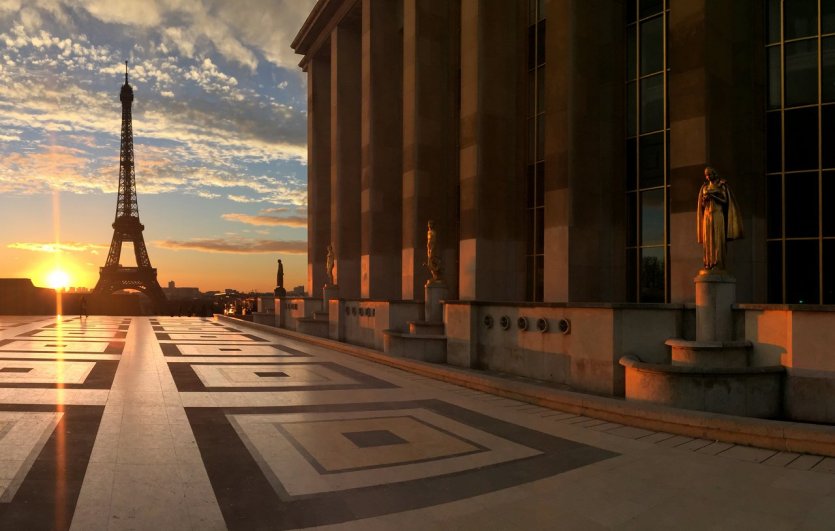
The National Museum of Natural History is a totally atypical establishment, since it combines various functions. It is a research centre, a university, a museum, a botanical garden and a zoological garden all in one. It has a rich history of four centuries of scientific adventure and works daily for the future of our planet. Another of its particularities is to benefit from many places of visit in all France, and this in order to better understand nature in all its dimensions and the world which surrounds us. The following article proposes to you to discover the sites of the Museum in Ile-de-France. So many places that you should not miss to explore during your summer holidays! In addition, to face the crisis we are going through, the National Museum of Natural History has prepared the best reception conditions to guarantee everyone a reinforced sanitary security. You should also not miss the cultural program of each place, always very rich and captivating.
1- The Jardin des Plantes
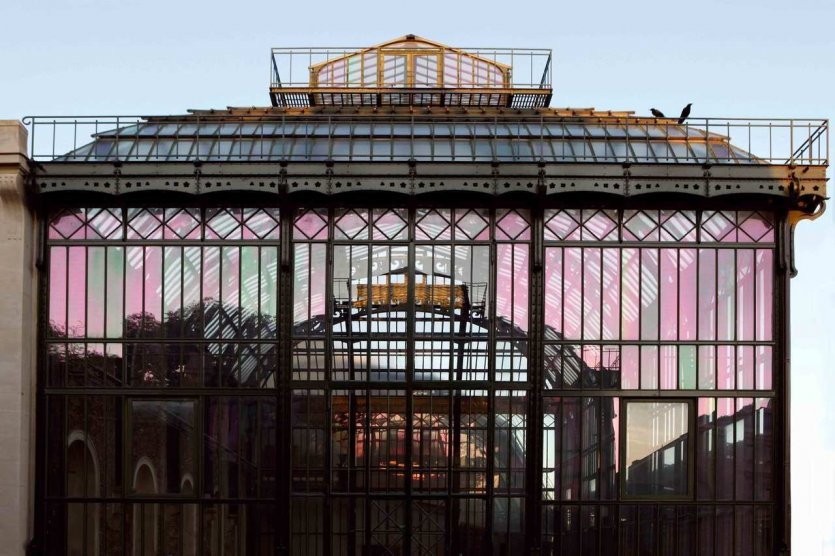
Created four centuries ago, the Jardin des Plantes is a science garden whose vocation is to gather and study plant collections, but also to welcome the public. During a walk in this green lung of the capital, it reveals planted spaces, remarkable trees, alleys and elegant statues. Over the course of the seasons, novices and amateurs alike can observe thousands of species and varieties of rare or common plants as they stroll through its various gardens: the Alpine Garden, the School of Botany, the Rose and Rock Garden and the Labyrinth. The Jardin des Plantes is a place of choice for all those who wish to get closer to nature in the heart of Paris, to stroll or simply to sit on a bench in the shade of a tree to chat or read.
2- The Jardin des Plantes and its Galleries - The Great Gallery of Evolution
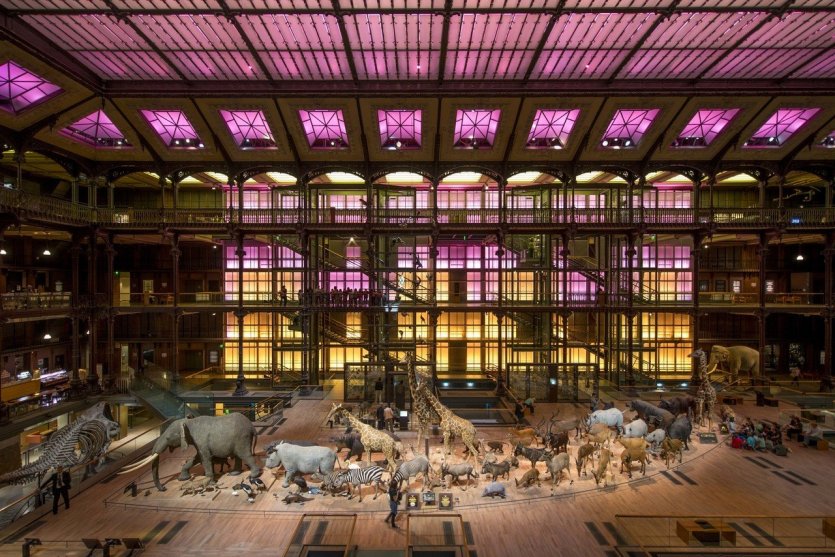
The diversity of life is on display in this spectacular example of 19th century metal architecture. On 6,000m2 and 4 levels, adults and children discover the animals that inhabit the oceans as well as the inhabitants of terrestrial environments illustrated by the African savannah, the Guiana forest, the poles, the deserts and the air spaces. The Great Gallery of Evolution is the place to go to learn more about animals and their evolution over the centuries, but also how Man himself has evolved over time. The other argument that the space can boast of is that of raising awareness on the subject of endangered species and the need to preserve them.
3- The Gallery of Paleontology and Comparative Anatomy
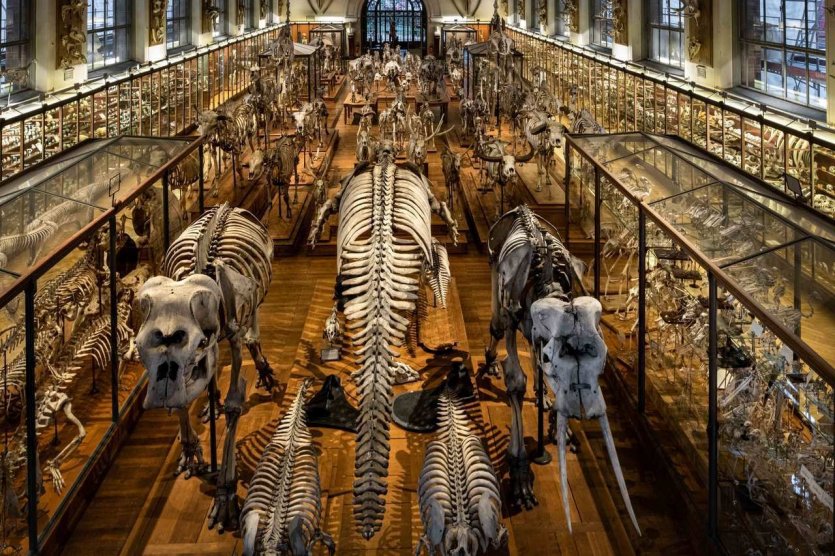
In a superb brick, metal and glass building inaugurated in 1898, the public embarks on a journey of 540 million years. They discover the spectacle of two complementary worlds: that of the present-day vertebrates that inhabit nature and that of living beings that have now disappeared from the planet. As soon as they enter the Gallery of Paleontology and Comparative Anatomy, visitors are struck by the impressive herd of carnivore and herbivore skeletons, with marine mammals bringing up the rear. Then, on the upper floor of this incredible place of bones and organs, mammoths, dinosaurs, giant ammonites and hundreds of other fossil species bear witness to life forms that are now extinct, but which continue to fascinate the crowds
4- The Gallery of Geology and Mineralogy
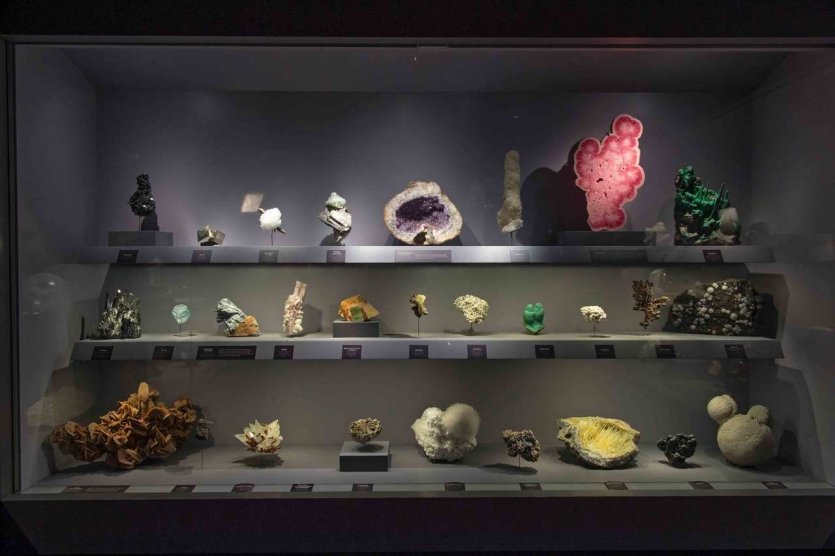
In this other gallery of the Jardin des Plantes, the collections, which are among the oldest and most prestigious in the world, reveal Martian meteorites, giant crystals, rocks and admirable minerals. The public is invited to discover the richness of the mineral world, with 600 exceptionally diverse pieces on permanent display: minerals from the five continents, meteorites, rough or cut gems, historical jewels, sculpted objects..., around a central case of some twenty giant crystals. The precious treasures of the Geology and Mineralogy Gallery, which are sure to put stars in the eyes of young and old alike, tell the story of the Earth and the solar system
5- The Menagerie, the zoo of the Jardin des Plantes
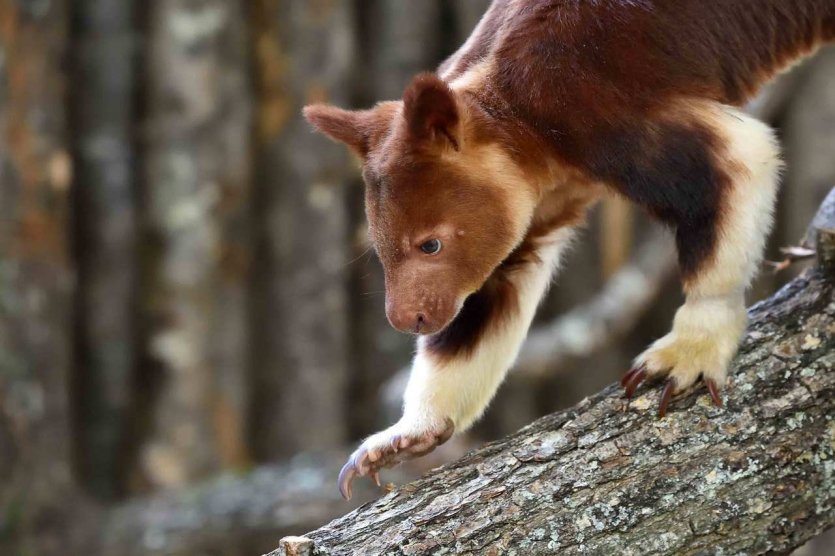
Welcome to this zoo nestled in a peaceful and green setting. The Menagerie is home to 170 species, a third of which are threatened with extinction. As you stroll through one of the oldest zoos in the world, you will meet the 500 or so animals that live here: orangutans, turtles, Malayan tapirs, red pandas, panthers, insects, amphibians... Throughout the year, activities and other meetings with the caretakers raise public awareness of the threats to biodiversity. Each year, numerous births testify to the Museum's species conservation policy
6- The Great Greenhouses of the Jardin des Plantes
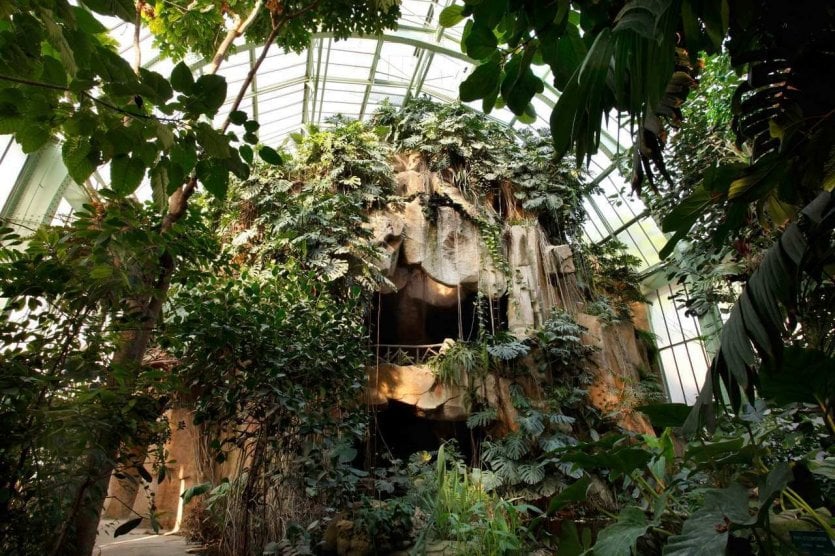
The Great Greenhouses of the Jardin des Plantes are a must-see during a walk in Paris for plant lovers, whether they are neophytes or specialists. A stroll in the Great Greenhouses is a guaranteed experience... Each one of them houses a different universe and reveals the astonishing capacity of plants to adapt to their environment: the tropical forest with its lianas, giant trunks and exuberant foliage; the desert and arid zones, attesting to the resistance of plants; New Caledonia, a natural Eldorado where 75% of the flora is endemic; and finally, a pathway retracing the history of plants.
7- The Paris Zoological Park
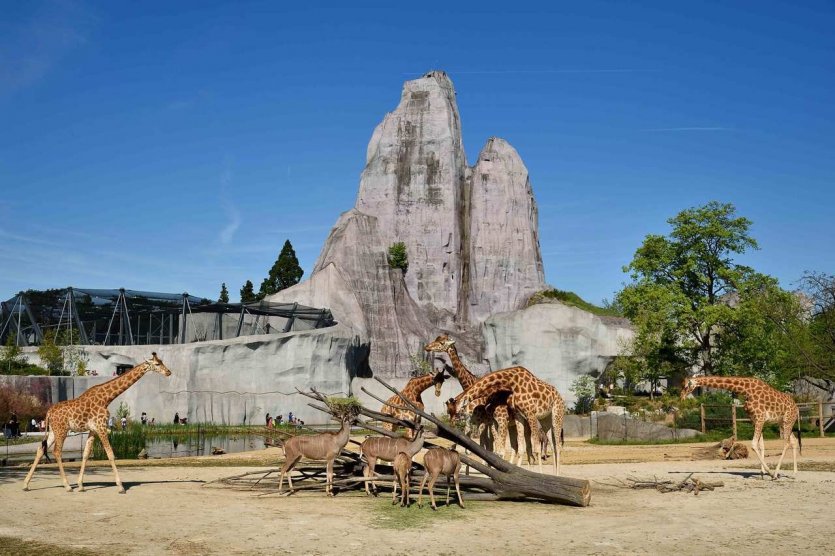
The Parc Zoologique de Paris takes the public on an unforgettable journey at the gates of the capital. The zoo offers an immersive journey and an unforgettable visit through 5 biozones that faithfully reproduce the animals' original ecosystems and guarantee their well-being. Visitors enjoy a real world tour of plant species, with 2,000 animals divided into 194 species. There are emblematic species such as giraffes, wolves and lions, as well as lesser-known species such as wolverines, manatees and anteaters, and a range of endangered species such as lemurs, Mhorr gazelles and Grevy's zebras. The Paris Zoological Park also has a flagship feature: the great tropical greenhouse, a spectacular 4,000m2 structure where visitors can immerse themselves in the atmosphere of the rainforest. The lush vegetation is inspired by the landscapes of Guyana and Madagascar. It is also home to exceptional wildlife: tamarins, white-faced sakis, marmosets, large anteaters, manatees and lemurs. Vivariums allow you to discover rare and emblematic species of Madagascar, such as the golden mantel or the striped tortoise. Finally, a reef aquarium allows the public to become aware of the preservation of coral reefs.
8- The Museum of Man
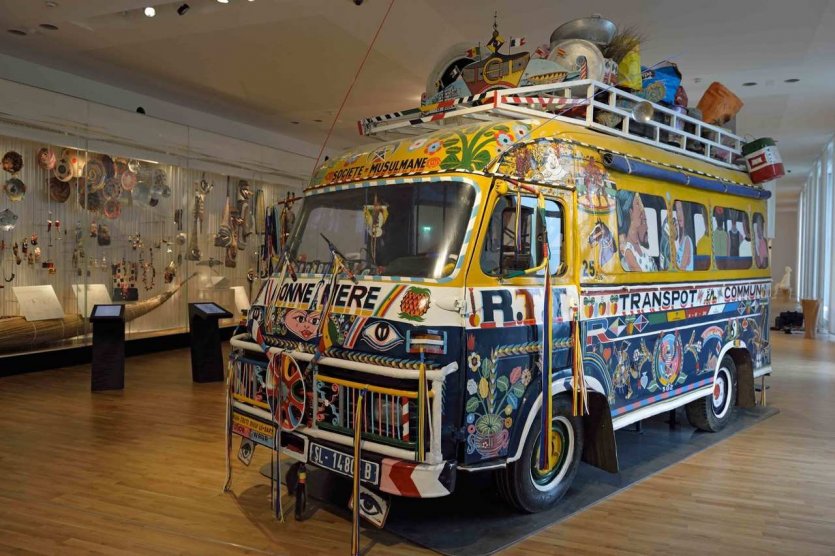
Located on the Place du Trocadero, the Musée de l'Homme offers visitors an extraordinary journey to discover human societies and the treasures of human history! In a splendid 2,500 m² gallery overlooking the Seine and offering a beautiful view of Paris and the Eiffel Tower, the permanent gallery offers an immersion into the heart of human evolution, as well as the discovery of treasures from the history of mankind, such as fossils of Cro-Magnon and Neanderthal Man, anatomical waxes and the Venus of Lespugue... The tour has been designed to ask questions of the public around the three universal themes: "Who are we? Where do we come from? Where are we going? ». The idea is that each visitor can wonder about the origins of humanity, its diversity, but also become aware of the responsibilities of Men on the current and future environment.
9- The Arboretum of Versailles-Chèvreloup
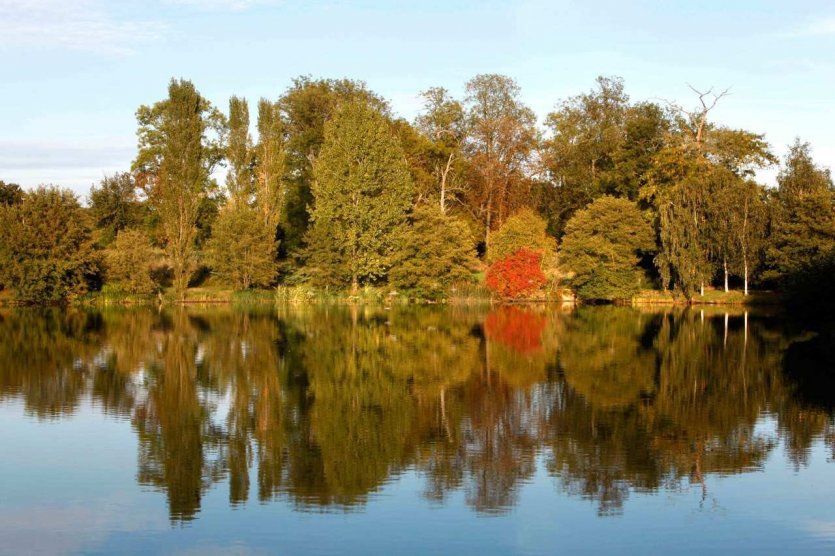
Classified as a Remarkable Garden, theArboretum of Versailles-Chèvreloup is a 200-hectare park that houses more than 10,000 trees, for 2,500 different species from all over the world. It is one of the richest collections of trees in Europe. There are also various hiking trails, including a 10 km trail that takes you on a journey through three continents. You will discover American walnut trees, Caucasian Pterocarias, giant Sequoias, Lawson Cypresses and superb Japanese cherry trees. The Île-de-France trail takes visitors to the foot of century-old native trees, near which educational panels have been installed. Groves, flowery meadows, ponds, clearings, a multitude of landscaped settings that promise a rejuvenating stroll


